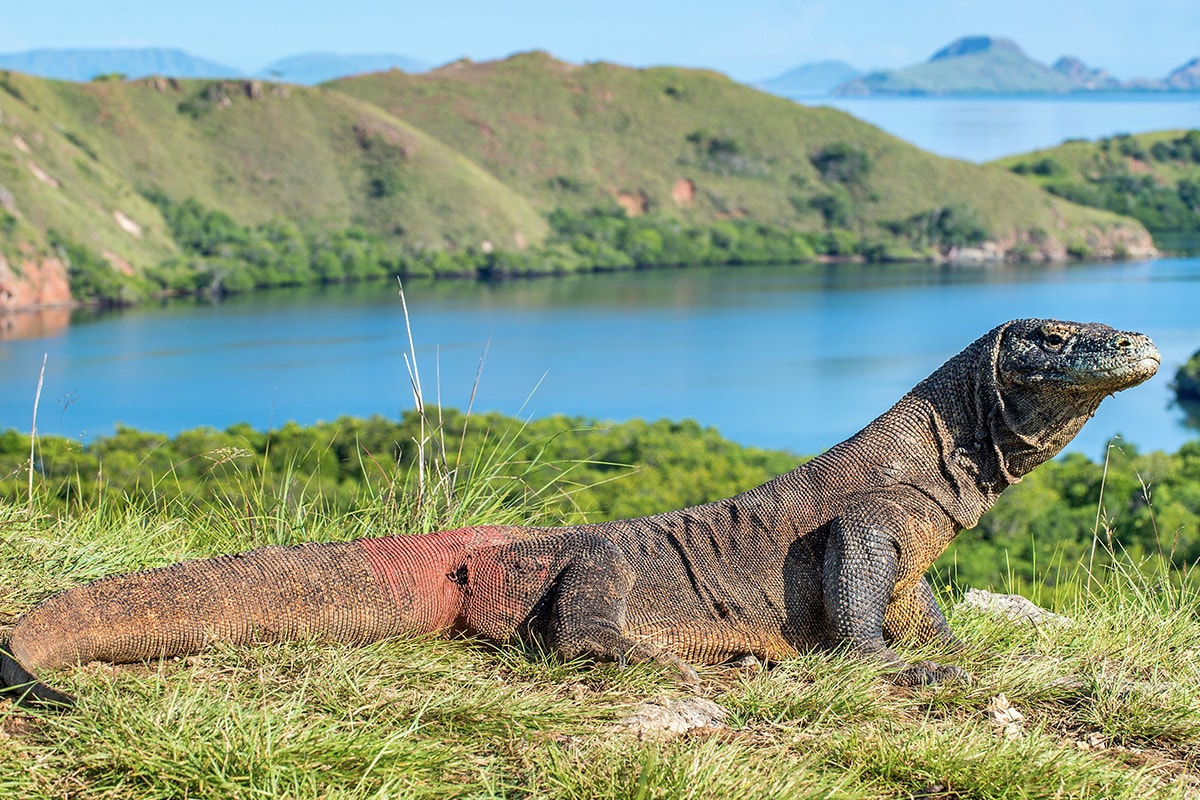BUSINESS
Tourism
Tourism Industry Indonesia
Although Indonesia harbors great attractions for tourists - beautiful countryside, interesting cultures & historical remnants, beaches, nightlife (Jakarta and Bali), and much more - the country fails to attract a large number of foreign tourists. Yes, Indonesia may achieve its target of welcoming 10 million foreign visitors in 2015, but this figure is considerably lower than the number of tourists that visit neighboring peers Singapore (15 million) or Malaysia (27 million). Indonesia is not less beautiful nor less interesting than its neighbors. So, what has been blocking more rapid development of Indonesia's tourism sector?
It is important that the tourism industry of Indonesia enhances its contribution towards the country's gross domestic product (GDP) because it will trigger more foreign exchange earnings (as each foreign visitor spends between USD $1,100 and USD $1,200 per visit on average) while also providing employment opportunities to the Indonesian people (based on the latest data from Statistics Indonesia, the country's unemployment rate stood at 5.81 percent in February 2015). It is estimated that nearly nine percent of Indonesia's total national workforce is employed in the tourism sector.
Currently, Indonesia's tourism sector accounts for approximately four percent of the total economy. By 2019, the Indonesian government wants to have doubled this figure to 8 percent of GDP, an ambitious target (possibly overly ambitious) which implies that within the next four years, the number of visitors needs to double to about 20 million. In order to achieve this target, the government will focus on improving Indonesia’s infrastructure (including ICT infrastructure), accessibility, health & hygiene as well as enhancing online promotional (marketing) campaigns abroad. The government also revised its visa-free access policy in 2015 (for further elaboration, see below) to attract more foreign tourists.
Below we present foreign visitor arrivals into Indonesia in recent years. Please note that Indonesia's Statistics Agency (BPS) adjusted the definition of foreign visitor arrival per January 2016. This explains the sharp increase in foreign visitor arrivals between 2016 and 2015.
Foreign Tourist Arrivals in Indonesia, 2013-2016:
| Month | Tourist Arrivals 2013 |
Tourist Arrivals 2014 |
Tourist Arrivals 2015 |
Tourist Arrivals 2016 |
| January | 614,328 | 753,079 | 723,039 | 814,303 |
| February | 678,415 | 702,666 | 786,653 | 888,309 |
| March | 725,316 | 765,607 | 789,596 | 915,019 |
| April | 646,117 | 726,332 | 749,882 | 901,095 |
| May | 700,708 | 752,363 | 793,499 | 915,206 |
| June | 789,594 | 851,475 | 815,148 | 857,651 |
| July | 717,784 | 777,210 | 814,233 | 1,032,741 |
| August | 771,009 | 826,821 | 850,542 | 1,031,986 |
| September | 770,878 | 791,296 | 869,179 | 1,006,653 |
| October | 719,900 | 808,767 | 825,818 | 1,040,651 |
| November | 807,422 | 764,461 | 777,976 | |
| December | 766,966 | 915,334 | 913,828 | |
| Total | 8,802,129 | 9,435,411 | 9,729,350 |
Foreign Tourist Arrivals in Indonesia, 2007-2015:
| 2007 | 2008 | 2009 | 2010 | 2011 | 2012 | 2013 | 2014 | 2015 | |
| Foreign Tourists (in millions) |
5.51 | 6.23 | 6.32 | 7.00 | 7.65 | 8.04 | 8.80 | 9.44 | 9.73 |
The raw materials that are required for the manufacturing process of cigarettes are mostly domestically-sourced, implying that foreign exchange volatility has limited impact on prices set by Indonesian retailers (this is also why the recent economic slowdown had a relatively limited impact on the nation's tobacco industry). Mostly domestically-sourced materials in combination with Indonesia's cheap labor costs make the tobacco industry's production costs low. Therefore, even the poorest Indonesians can often be seen smoking.
The kretek cigarettes are tremendously popular among Indonesian smokers. As about 85 percent of all smokers in Indonesia prefer kretek cigarettes over white cigarettes, these clove cigarettes are the clear favorite among Indonesia's smoker community. Kretek - a trademark of Indonesia - is a clove cigarette that consists of tobacco (70 percent) and ground cloves, clove oil as well as other additives (30 percent). Machine-rolled kretek cigarettes contribute around 75 percent to the total cigarette supply in Indonesia, while hand-rolled cigarettes account for nearly 20 percent.
SERVICE
Business SetupEPC Service
Sales Support
Market Analysis
Business Matchmaking
Product Regristration
INVESTMENT OUTLOOK
Business LocationBusiness Opportunity
Economic Growth
Political Stability
Domestic Market
Natural Resources
Demographic
Destination


 MULTIVESTINDO
MULTIVESTINDO